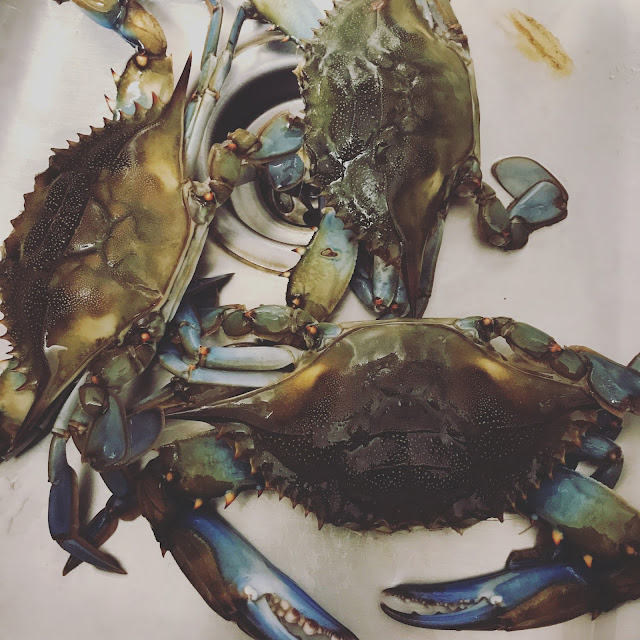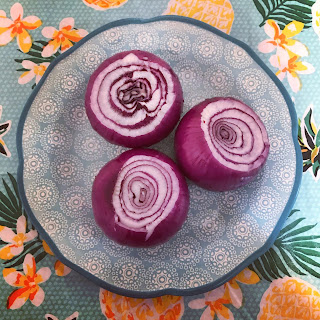Asian Beef Stew
Beef is the meat of cows. This is a common animal food in the world, processed and used in many ways, in many cultures and different religion.Beef is one of the meats which are most widely used in the human life. In addition to providing human beings with the important and precious nutritional values; beef also brings about many benefits for health that people should know.
Calorie-for-calorie, beef is one of the most nutrient-rich foods in the world. Not only does it provide you with a bundle of essential nutrients, but it also has one of the highest concentrations of these nutrients compared to many other proteins. Today, let we look at how the Asian people cook beef!
 |
| cut like this size |
WE NEED :
beef
radish
potato
Chinese cabbage
ginger
garlic
soy sauce
wine, sake, or sherry
 |
| Chinese cabbage |
 |
| potato |
 |
| radish |
Heat 2 tbsp of the oil in a large, shallow casserole. Fry the garlic, ginger for 3 mins until soft and fragrant.
Add the beef and stir-fry for another 3-5 minutes.
Pour the wine in and cook for 30 seconds. Add light and dark soy sauce and bring it to boil.
Add water, star anise, cinnamon stick and orange peel (optional). Bring it to boil again and use medium-low heat to simmer for 1.5 hours. Check and stir it often. If you think the water is a bit low in the pot you can add a little bit hot water to adjust it.
The beef should be nearly soft after 1.5-hour cooking and then add the radish and potato. Cook until the radish and potato are soft and this dish is nearly ready.
Add Chinese cabbage cook 5 minutes
Check the seasonings to suit your taste before serving.















































